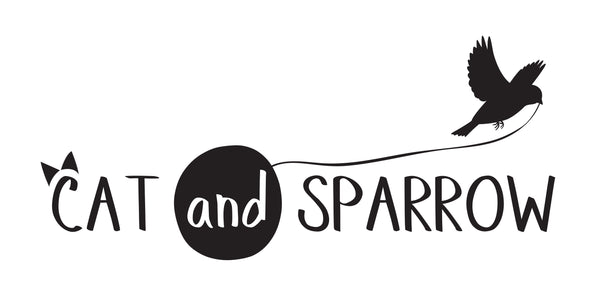I have some really fabulous suppliers and I thought it would be fun to interview a few of them so you can get a look behind the curtain and meet some of the people I work with. I asked Jen from TurtleMade to indulge my nosiness, and she kindly gave me a look at her process and how she came to be the Queen of
3D-printed spindles (and
niddy noddies, and plying tools, and
yarn bowls) ...
So Jen, tell us a bit about yourself...
People usually begin asking how I came up with the name, TurtleMade, so I'll start there, For 15 years I was a commercial truck driver here in the States. The trucks were governed to 55mph, and I picked up the handle "Turtle" since we were so slow compared to many of the other vehicles. All my life I've been more "tortoise" - slow and steady wins the race - but I'm a water creature and love turtles. Turtle rolls off of the tongue a bit better than Tortoise, h owever, and TurtleMade became my business name when I started dyeing. "Here you go, Turtle made this for you."
What led you to 3D printing?
When I joined Ravelry in 2008, I had already had a tiny bit of exposure to dyeing fabric, and I had a small stockpile of dyes and equipment. I happened upon some blank yarn and applied my limited knowledge with decent success. Then I tried dyeing fibers and fell in love with carding. One of the groups I was involved with was wildly enthusiastic about my creations and I just threw myself wholeheartedly into dyeing for fun and a little bit of profit. I started an Etsy store, and then had my first local event where my batts and yarns sold extremely well. So well, in fact, that my husband, Scott - who was in disbelief that anyone could be so enthusiastic about yarn AT ALL, let alone paying the prices that independent dyers need to charge - began to look at my small business as more than just a hobby. I suggested he make some wooden spindles. He didn't have any woodworking experience, though, and suggested making spindles on 3D printers. We bought our first printer in June of 2013, got a couple of spindles into the hands of some Ravelry spinners and then the first big fiber festival for me, A Wool Gathering in Ohio. That show really, REALLY encouraged us to keep going, to keep making and investing in TurtleMade.
I'm so glad you did! Can you tell us about your design process? What inspires you?
Scott is the designer, He designs everything in SolidWorks and then applies settings based on experience with the printers and their software. I will say, "Hey, we need a Christmas spindle but I want to do something with a tree instead of a Santa," and he makes it happen. He has a day job that runs into nights and weekends, though, so new designs are incredibly difficult to get quickly.
How did you perfect your fabulous Turkish spindle design?
That's Scott again. He designs with balance and spin in mind: weight out towards the edges. Scale it up or down, tweak the wall thickness and infill to adjust for weight, always keeping in mind how long a part will take to print, and trying to keep it cost effective. We had a lot of input from spinners and teachers in the first two years. The Femto and Nano both came about because of a spinning instructor in California that taught her students to spin cobweb and laceweight yarns. The Micro and the Midi we both produced because of spinners that said they like "this" but wanted "that" to change.
How long does it take to print an item? I'm guessing a spindle takes less time than a bowl?
Turkish spindle arms can take anywhere from half an hour to an hour-plus for the large arms. The round whorls take about four hours and bowls are 10 hours for a single colour and more for gradients. I mould the shafts now instead of printing them. I get shafts much more quickly that way.
Thanks so much Jen! Keep on truckin' ...
